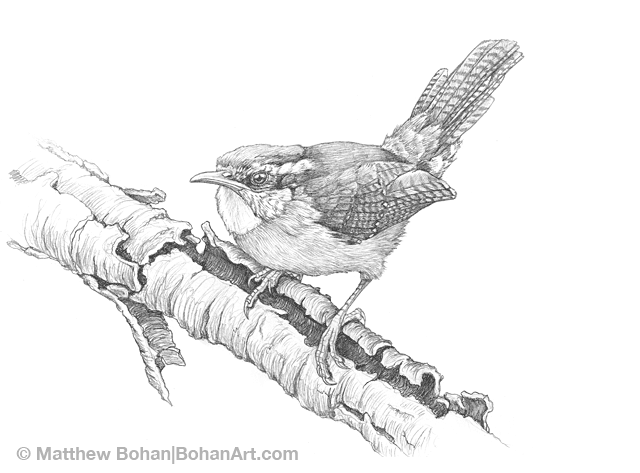
One Carolina Wren wasn’t enough! These cute birds can make quite a racket at times. The males are exceptionally vocal, making a “teakettle-teakettle-teakettle” call. These wrens are also known for making nests in odd places. I’ve seen photos of their nests in old cans, boots and pots inside sheds or barns that were left open.
These hardy birds don’t migrate, and therefore have a tough time if the winters are especially severe. They hunker down and try to tough it out. I sympathize with them on the bitter cold and windy February days here in Mid-Michigan. Other than walking the dog, I have the option of staying inside and eating hot meals. It can be tough to be a bird.
Thinking about the challenges that these wrens face reminded me of taking Physiology in graduate school, where we discussed two general “rules” of animal morphology: Bergmann’s and Allen’s Rules.
Bergmann’s Rule generalizes that for populations within a species with a wide geographic range, the more Northern populations tend to be larger. The more massive animals hold their heat better and have increased survival. The larger animals have lower surface area/volume ratios minimizing heat loss. Generally Bald Eagles from Alaska are definitely bigger than those down in Florida.
Allen’s Rule seems like a natural extension of this idea of surface area/volume demands placed on animals in cold environments. This rule generalizes that animals in colder environments should have smaller extremities than those in warmer climates. The long limbs, ears and tails are energetically expensive because the surface area/volume ratio is too high. It simply gets too expensive to heat your body. A good example of this is the Arctic Fox with its tiny ears vs. the desert-dwelling Fennec Fox with its large, radiator-like ears to dump heat.
Lets get back to the Carolina Wrens. When I look at these tiny birds trying to keep themselves warm on blustery, frigid winter day, I think about how little mass they have and their surface area/volume ratios. They scrunch themselves into a small ball shape and puff up their insulating feathers, reducing their surface area/volume as much as possible. I’m amazed that they can find enough fuel to keep their high metabolic needs going. It truly is astonishing.
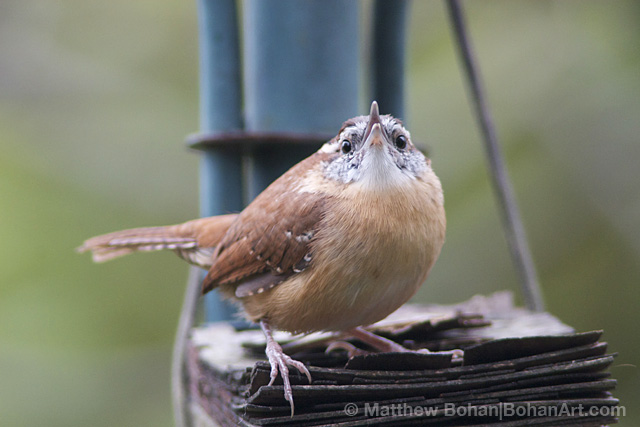



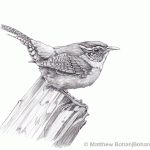
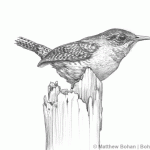

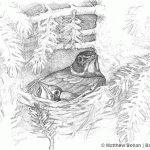
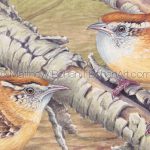
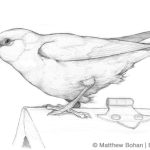
Leave a Reply